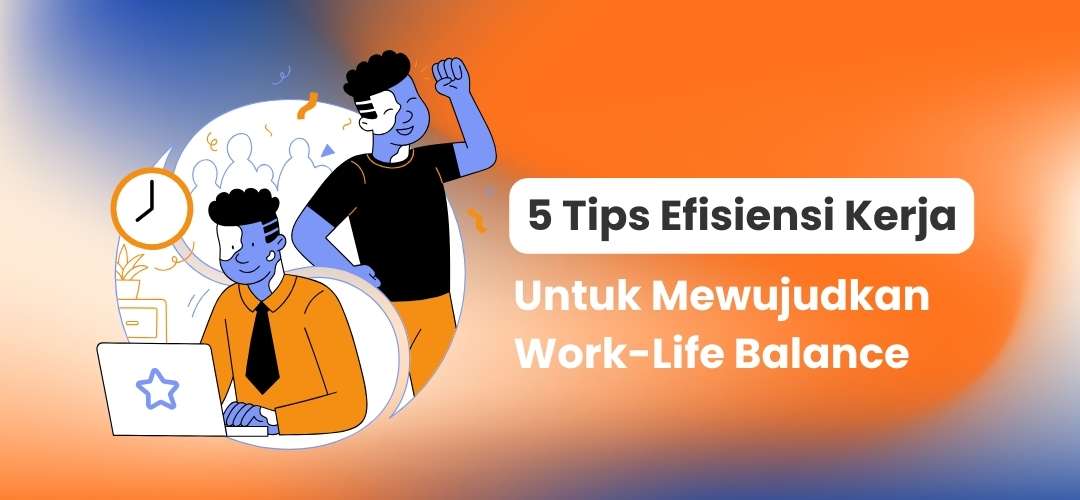Achieving a healthy work-life balance (work-life balance) is essential for your overall well-being. To achieve it, it takes conscious effort to manage time and energy effectively.
How to improve efficiency and create a harmonious relationship between professional and personal life?
Make a schedule
To utilize time, you can combine work activities with recreational, social, or fitness activities. A proactive strategy that is realized in a structured schedule makes you more responsible for your professional and personal interests.
By making a schedule, you not only increase productivity but also ensure that there is special time for self-care and enjoyable activities. Bring moments of relaxation and pleasure into your daily life to grow Work-Life Balance.
Know your brain rhythm
Recognizing and leveraging your natural brain rhythm is essential for improving work efficiency. Applying the Pomodoro technique encourages focused work in specific time intervals, minimizing distractions. By aligning tasks with periods of high concentration, individuals can maximize results while avoiding fatigue. This approach acknowledges the ebb and flow of cognitive energy, emphasizing the importance of working smarter, not harder, to achieve a better work-life balance.
Set specific times for specific activities
Setting specific times for various tasks aligns with periods of personal peak productivity. By organizing the day based on individual energy levels and cognitive capacity, tasks can be completed with greater focus and efficiency. This strategy allows you to optimize their work results during periods of high concentration, providing space for other aspects of life during less productive times. Managing time effectively in this way contributes to a more balanced and sustainable approach to both work and personal activities.
End work at a specified time
Setting a specified time to complete work shows commitment to work-life boundaries. By consciously ending work at a certain time, you create space for personal activities and relaxation.
Intentionally disabling work-related devices reinforces the importance of “downtime.” This action contributes to overall well-being. This proactive step prevents overwork, fatigue, and the encroachment of professional responsibilities into personal time.
Use app features for “Unplugging”
Using technology to facilitate unplugging is a practical approach to maintaining work-life balance. The use of apps to block distracting websites during working hours and restrict access to work tools after working hours supports a clear separation between professional and personal spheres. These technological interventions help you resist the temptation to engage in work-related activities outside of working hours, build healthier relationships with technology, and encourage a more balanced lifestyle.
Achieving Work-Life Balance is an ongoing process that requires self-reflection, intentional choices, and a commitment to well-being. By applying these tips and being aware of the importance of balance, you can create a work environment that not only increases productivity but also promotes a fulfilling and healthy life. Remember, it’s not about finding perfect balance in a day, but creating sustainable balance over time.
If you have followed all five tips above but still don’t feel Work-Life Balance, it may be time to discuss your workload with your manager or seek professional guidance (therapist).



